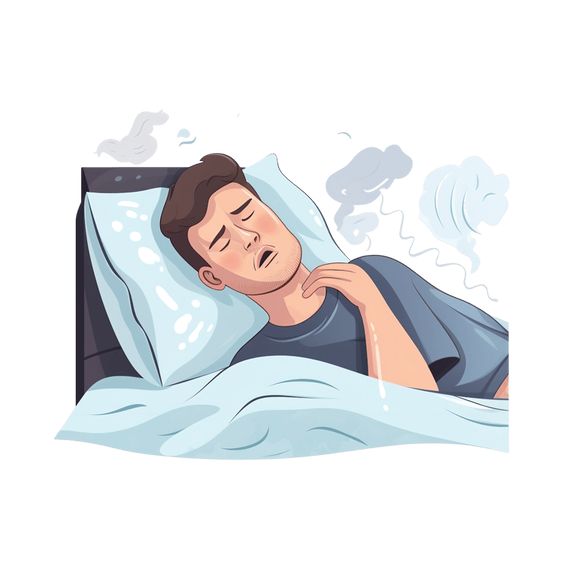Introduction:
Heat syncope, also known as fainting from heat, is a temporary loss of consciousness that occurs due to overheating. It's typically triggered by prolonged exposure to high temperatures, especially when combined with dehydration and physical exertion. When your body overheats, your blood vessels dilate to allow more blood to flow to the skin's surface, where it can cool down. This dilation, however, can cause a sudden drop in blood pressure, leading to reduced blood flow to the brain and resulting in fainting.

Understanding the causes, symptoms, and treatment of heat syncope is crucial, especially during warmer months or when engaging in strenuous activities in hot environments. Recognizing the warning signs and taking prompt action can prevent serious complications and ensure your well-being. This article will delve into the specifics of heat syncope, equipping you with the knowledge to identify, manage, and prevent this heat-related condition.
Recognizing the Signs of Heat Syncope
Identifying the symptoms of heat syncope is the first step towards effective management. Common signs include:
- Dizziness or lightheadedness: Feeling unsteady or faint, particularly upon standing.
- Nausea: A feeling of queasiness or discomfort in the stomach.
- Sudden weakness: Experiencing a sudden lack of strength or energy.
- Blurred vision: Vision may become hazy or unclear.
- Headache: A throbbing or pounding sensation in the head.
- Pale and clammy skin: Skin may appear pale and feel damp and cool to the touch.
- Rapid pulse: The heart may beat faster to compensate for the drop in blood pressure.
If you experience any of these symptoms in a hot environment, it's crucial to act immediately.
Treating Heat Syncope
Prompt treatment of heat syncope is vital to prevent further complications. Here are the essential steps to take:
- Move to a cool place: Immediately relocate the person to a shaded area or an air-conditioned environment.
- Lie down and elevate legs: Help the person lie down on their back and elevate their legs above heart level. This promotes blood flow to the brain.
- Loosen clothing: Loosen any tight clothing to improve circulation.
- Hydrate: Provide cool water or an electrolyte drink to replenish fluids lost through sweating.
- Monitor vital signs: Regularly check the person's pulse and breathing until they recover fully.
Preventing Heat Syncope
Preventing heat syncope involves taking proactive measures to avoid overheating:
- Stay hydrated: Drink plenty of fluids throughout the day, especially when it's hot or you're physically active.
- Avoid strenuous activity during peak heat: Schedule outdoor activities for cooler times of the day.
- Wear light-colored, loose-fitting clothing: Opt for breathable fabrics that allow for better air circulation.
- Acclimatize gradually: If you're not accustomed to hot weather, gradually increase your exposure to allow your body to adjust.
- Listen to your body: Take breaks when you feel overheated, and don't hesitate to seek shade or rest.
By recognizing the signs, understanding treatment options, and implementing preventive measures, you can effectively manage heat syncope and enjoy the warmer months safely.





